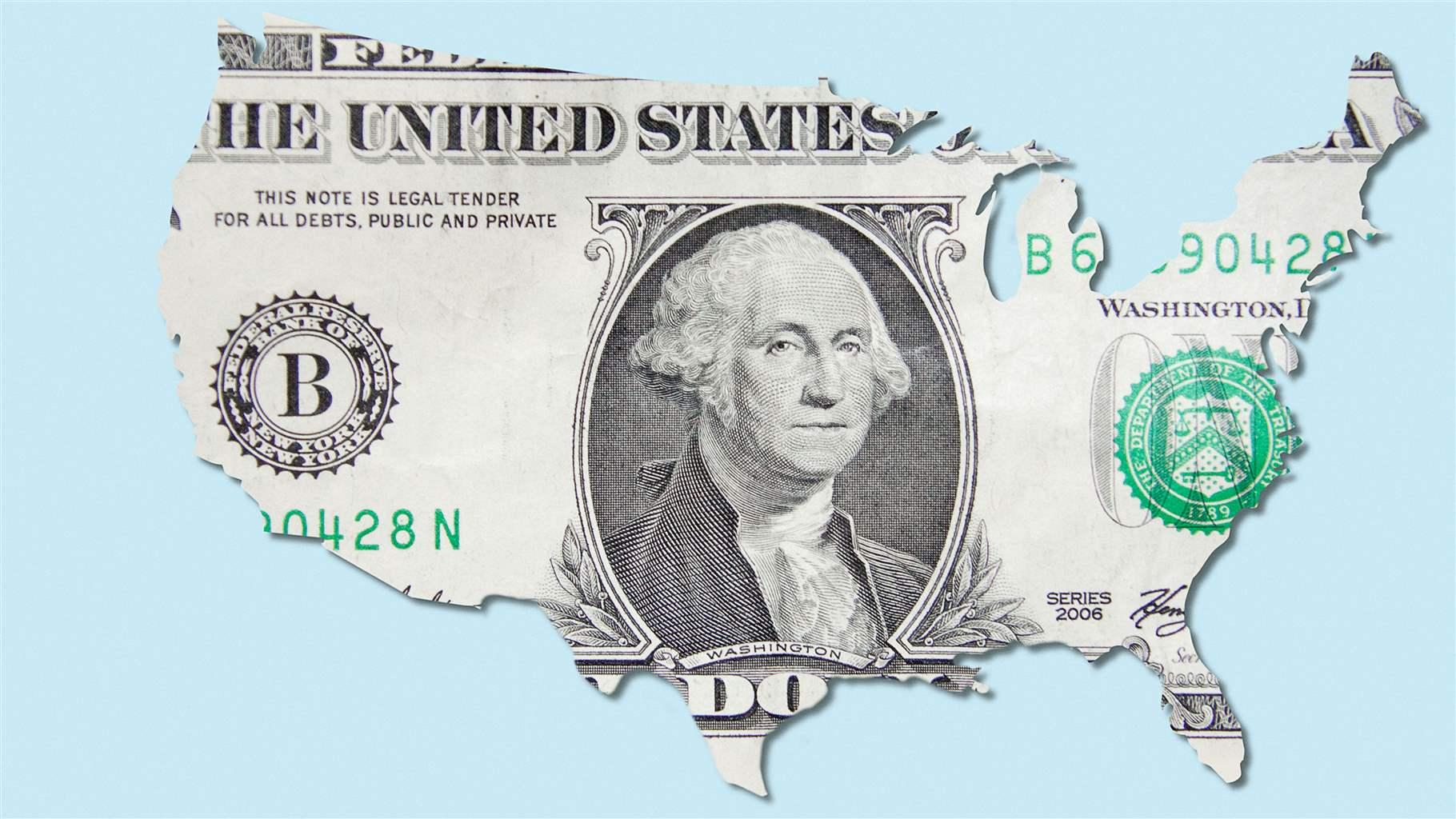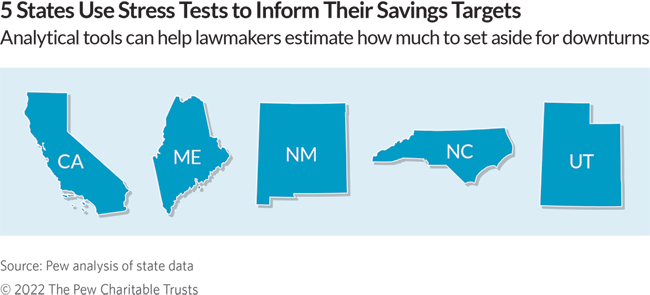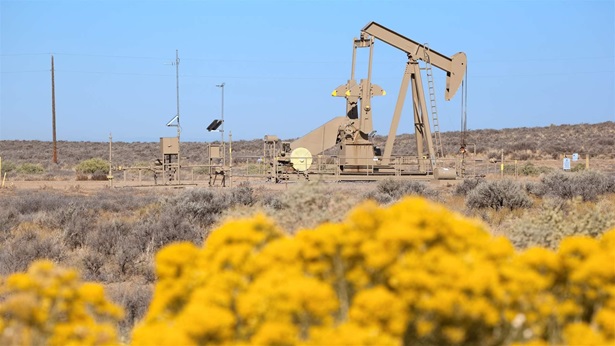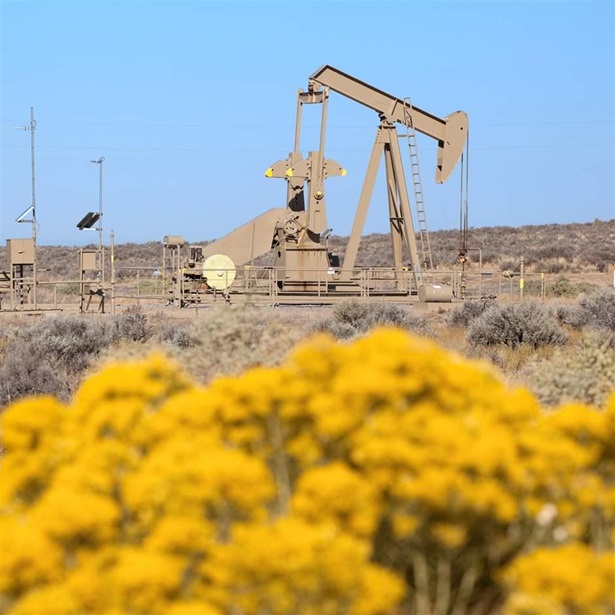State Budget Stress Tests Help Policymakers Set Savings Targets
North Carolina and New Mexico highlight the benefits of data-informed rainy day funds

With many states enjoying record levels of revenue growth this past year, legislatures across the country used their spring sessions to return revenue to taxpayers in the form of tax rebates, holidays, and cuts. But state leaders remain wary of ongoing economic uncertainty and the potential for recession. Going forward, they must decide how any surpluses are used, often balancing among funding government services and operations, returning money to taxpayers, and preparing for the next downturn.
Analytical tools such as budget stress tests can provide guidance by estimating how much a particular state should consider saving to address a recession or major disaster. Stress testing allows policymakers to see how state budgets would hold up under a range of economic scenarios.
Using such tests to help identify clear savings targets, state lawmakers can determine how much revenue they should deposit into their states’ budget reserve funds, often called rainy day funds. Early adopters such as North Carolina and New Mexico help highlight the benefits of this strategy.
North Carolina enacted legislation in 2017 that requires using stress test results to set savings targets. The Office of State Budget and Management works with the General Assembly’s Fiscal Research Division to develop and analyze multiple economic scenarios in the state. Each January, the offices provide a joint recommendation to the chairs of the General Assembly appropriations and finance committees. This guidance includes a target balance for the state’s rainy day fund that is sufficient to weather at least nine out of 10 scenarios for two years.
North Carolina substantially increased its savings reserve with the passage of the fiscal year 2022 budget and met the recommended target. By requiring the savings target to be re-evaluated each year, lawmakers have up-to-date information to help them decide how much needs to be set aside going into the legislative session and how much is available to fund other priorities.
In New Mexico, legislative and executive branch economists produce stress tests four times a year as part of the state’s consensus revenue forecasts. The testing has focused on energy revenues and what might happen to the state’s economy if it is hit by an oil price shock or sharp production decline. These analyses have shown that the state’s general fund reserve needs to be maintained at a rate of 20%-25% of the state’s annual general fund expenditures to help the state weather an oil price shock. In this scenario, revenue sources directly tied to oil and gas production, such as severance taxes and royalty payments, would be responsible for most of the decline; income and corporate tax collections would face more modest declines.
During the 2022 legislative session, lawmakers in New Mexico took advantage of a surplus to fund programs such as economic recovery grants for small businesses and loan repayment for teachers. They also passed tax reductions and rebates. At the same time, guided by the stress test, policymakers maintained enough in the state’s rainy day fund to cover 23.6% of planned recurring general fund spending.
Budget stress testing is an invaluable tool for states when setting savings targets. A string of troubling events this year, such as the economic reverberations of the Russian invasion of Ukraine and the ensuing shock to the oil market, have emphasized how quickly conditions can shift. When states are prepared for economic downturns, lawmakers that can use the tests to better estimate how much they should save for the next “rainy day” and can feel secure in appropriating remaining revenue to meet the needs of their constituents.
Page Forrest works on The Pew Charitable Trusts’ state fiscal health project.














